Teacher’s Day Celebration: From Ancient Gurus to Modern Mentors

More Than Just a Day of Celebration
Table of Contents
Every year on 5th September, students across India celebrate Teacher’s Day with cards, flowers, and performances. But beyond the joy and gratitude lies something deeper — the reminder that teachers are more than knowledge-givers. They are mentors, guides, and Gurus who shape lives.
Dr. Sarvepalli Radhakrishnan, whose birthday we honour on this day, once said:
“Teachers should be the best minds in the country.”

This message is timeless. A great teacher is not only a master of subjects but also a mentor who builds character and values.
Let’s be honest — Teacher’s Day in India is often limited to greeting cards, roses, and maybe a class party. But if we stop for a moment and look deeper, this day carries a beautiful message: it’s not just about respecting teachers, it’s about honouring a sacred bond — the bond between the Guru and the Shishya. And trust me, this connection is timeless.
What Does ‘Guru’ Really Mean?
We often use the word ‘teacher’ casually. But ‘Guru’? That’s something special. In Sanskrit, “Gu” means darkness, and “Ru” means remover. A Guru is someone who removes the darkness of ignorance and shows us the light of knowledge, one who always gives you the Positive vibes.
Guru vs. Teacher: A Deeper Perspective
While every Guru is a teacher, not every teacher becomes a Guru. A Guru is someone who goes beyond lessons and books — Teacher’s Day means someone who shapes lives, builds character, and strengthens values from within. That’s the real difference between the two.
Looking at the current situation, I truly believe that every teacher should aim to become a Guru. Today’s students are growing up in a world full of distractions, stress, and confusion. Many of them are silently struggling — even if they don’t say it out loud.
That’s why I feel personal guidance is more important than ever. Students don’t just need academic help; they need someone who understands them, listens to them, and helps them grow in the right direction. Whether they ask for it or not, the truth is — they need it.
As educators, we have the power to do more than just teach. We can guide, support, and inspire our students to become confident and responsible individuals. In today’s world, this is not just a choice — it’s a need.
The Significance of Guru Purnima in Indian Tradition
Guru Purnima, celebrated in the month of Ashadha, is a festival that’s dedicated to spiritual and academic teachers. It’s been around for centuries — way before Teacher’s Day was even a thing!
Why Guru Purnima Is Still Relevant Today
In a fast-paced, competitive world, Guru Purnima reminds us to pause and acknowledge the real mentors in our lives — those who shape our thinking, character, and soul.
Remembering Great Indian Gurus Who Transformed Learning
India’s legacy of gurus isn’t just ancient — it’s alive even today.
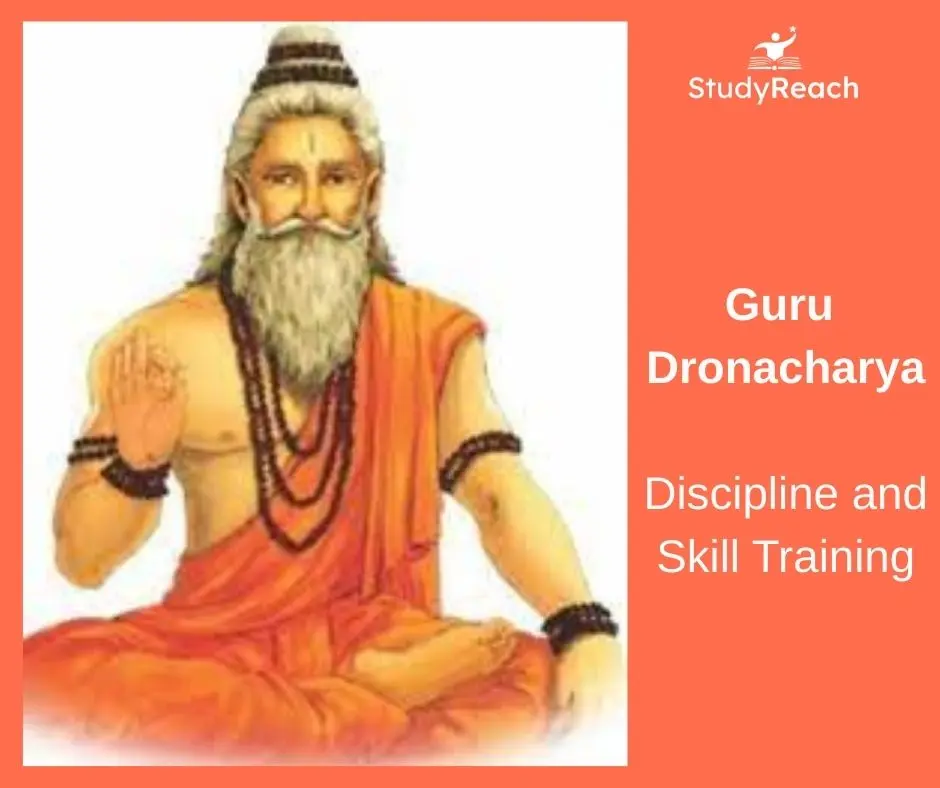
Guru Dronacharya: Discipline and Skill Training
Guru Drona wasn’t just about archery; he was about excellence, focus, and discipline — traits every student and teacher should aim for today.
Swami Vivekananda: Value Education and Self-Belief
Swami Vivekananda taught us to believe in ourselves. He emphasized that education is not just about information, but about building strong, fearless individuals.
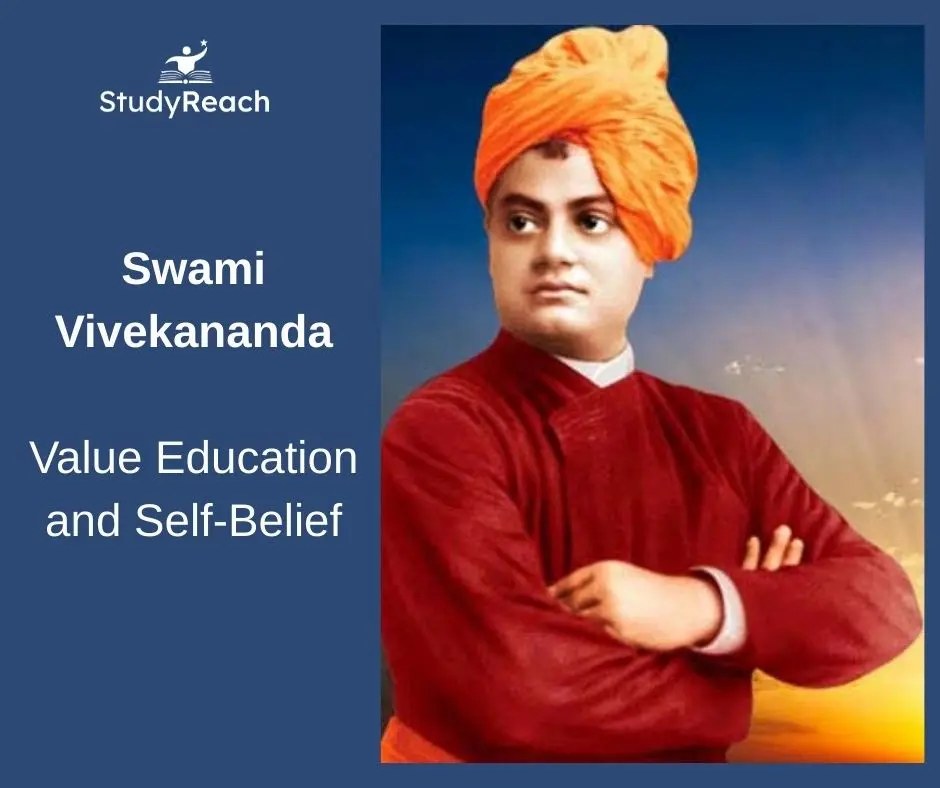
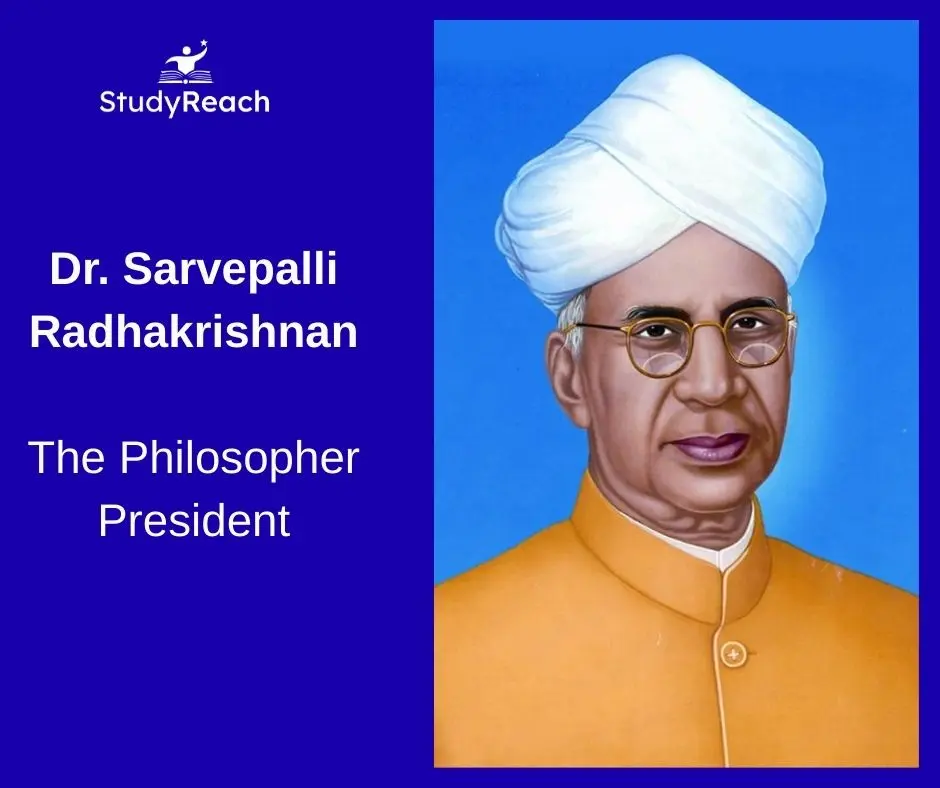
Dr. Sarvepalli Radhakrishnan: The Philosopher President
His birthday is the reason we celebrate Teacher’s Day. His belief? “Teachers should be the best minds in the country.” That still holds true!
CBSE and Value-Based Education: A Modern Guru Path
Did you know CBSE is actively working to bring back the essence of value-based education? Yes, it’s not just about marks anymore.
CBSE’s Emphasis on Life Skills and Ethics
CBSE has introduced life skills, emotional intelligence, and ethical education as part of school curricula. These aren’t just subjects — they’re life lessons.
Integration of NEP 2020 With Guru Teachings
The National Education Policy (NEP) 2020 reflects ancient Indian ideals — holistic development, flexibility, and a strong teacher-student relationship.
How Indian Philosophy Still Shapes Today’s Classrooms
From the practice of yoga to mindfulness breaks, schools are slowly bringing ancient practices into modern classrooms.
Role of Meditation, Mindfulness, and Moral Science in Modern Classrooms
Gone are the days when these subjects were brushed off as ‘extra’ or ‘boring’. Today, meditation, mindfulness, and moral science are fast becoming the pillars of value-based education in Indian schools — and there’s a very real reason why.
What is Meditation in Schools?
Meditation isn’t about sitting cross-legged for hours. It’s simply about pausing, breathing, and being aware of the present moment. In a school setting, this can be as simple as:
- Morning meditation for 5 minutes before starting the day
- Breathing exercises before exams to calm nerves
- Silent reflection time after a noisy activity or PE class
👉 Example:
At ABC School, students start their mornings with 3 minutes of guided breathing. Teachers say this small habit has reduced restlessness and anxiety, especially before tests.
How Mindfulness Helps in Learning
Mindfulness teaches students to focus on one thing at a time — be it reading a paragraph or solving a math problem. It builds concentration, self-control, and emotional balance.
👉 Example:
In Class 6 English, when students become too distracted, the teacher says, “Let’s do a 1-minute body scan.” Everyone closes their eyes, checks their posture, breathes deeply, and resets their attention. The difference in focus is visible.
Moral Science – Values in Action
Moral science isn’t about memorizing ‘do’s and don’ts’. It’s about discussing real-life scenarios, making ethical choices, and practicing kindness.
👉 Example:
In a weekly Moral Science class, a teacher might ask:
“If you see someone being bullied, what would you do?”
This opens up discussion, debate, and ultimately builds empathy and courage among students.
Schools are now using storytelling, real-life dilemmas, and role-play to make value education interactive and practical.
Related Article :
Children’s Day Celebration: What’s Special on 14 November?
Role of Teachers as Modern Gurus
In the olden days, Gurus lived with their students, guiding every part of their life. Today, while teachers don’t live in ashrams, their role has only expanded — they are no longer just subject experts; they are life mentors.
Teachers as Modern Gurus – More Than Subject Experts
Google may provide information, but only a teacher can notice a child’s silence, restore lost confidence, or guide them towards a meaningful future.
Examples of Teachers as Mentors
- Emotional Support: A Class 10 student, struggling after failing a mock exam, was patiently guided by a teacher through counselling and a structured study plan — and later passed with distinction.
- Career Guidance: A commerce teacher noticed a student’s love for digital design and encouraged him to pursue it alongside academics.
- Peer Pressure Handling: Teachers often share personal stories of handling failures and friendships, turning classrooms into safe, relatable spaces.
This is what makes teachers modern Gurus — they don’t just teach, they transform.
👉 Example 1: Emotional Support
A Class 10 student at VP School, was struggling after failing a mock exam. Instead of scolding, the teacher sat down, talked to the student privately, understood the family issues at home, and helped build a study plan that included small breaks and motivational videos. That child passed with distinction later.
👉 Example 2: Career Guidance
Instead of forcing students into traditional streams, teachers now help students identify their strengths. A commerce teacher noticed a student had a passion for digital design and helped him enroll in a graphic design course alongside regular studies.
👉 Example 3: Peer Pressure Handling
During adolescence, peer pressure is huge. In Life Skills sessions, many teachers share their own school experiences — about saying ‘no’ to wrong company, or how they overcame low self-esteem — turning the class into a safe, relatable, and mentor-driven space.
These approaches not only make learning effective but also build character, confidence, and conscience — just like the Guru-Shishya tradition of old, adapted for the 21st century.
It Takes a Village to Raise a Child — And That Village Is a Team
We’ve all heard the saying, “It takes a village to raise a child.”
“एक बच्चे को बड़ा करने में पूरे गांव की ज़रूरत होती है।”
In today’s fast-paced, digital world, that village isn’t just grandparents, neighbors, or extended family — it’s now built on a strong triangle of communication between parents, teachers, and students.
- Parents provide the emotional foundation, values, and home support.
- Teachers bring in academic guidance, life skills, and structured discipline.
- Students themselves are active participants, not just passive learners — they need to be heard, understood, and encouraged to express themselves.
When these three work in harmony, a child doesn’t just perform better in exams — they grow up emotionally stronger, socially responsible, and more confident.
📌 Example:
If a child is facing peer pressure at school, and the teacher notices behavioral changes, they can reach out to the parents early. Together, they can create a safe space for the child to talk about their stress — something that may not be possible if the school and home never communicate.
So yes, the “village” has changed — but the principle remains the same: a child thrives best when caring adults work together, talk openly, and focus on the whole child, not just their marks.
Digital Gurus: The New Age of Online Mentorship
From YouTube educators to online coaches — digital platforms have become today’s gurukuls. But the values? Still the same.
Schools as Gurukul 2.0 – Adopting Traditional Wisdom in Modern Way
Some schools are now introducing “No Bag Days”, meditation sessions, storytelling, and real-life problem solving — it’s like the Gurukul system, reimagined.
What Students Can Learn From Ancient Guru-Shishya Traditions
- Respect and patience
- Learning without distraction
- Questioning with curiosity
- Living with discipline
These values go beyond textbooks.
How Parents Can Help Inculcate These Values at Home
- Encourage children to respect teachers
- Share stories of ancient Gurus
- Teach gratitude and humility
- Be role models of discipline and values
When homes and schools walk together, real learning happens.
Conclusion – Honoring Our Gurus, Every Day
Teacher’s Day and Guru Purnima are reminders — but let’s not wait for just one day to honor our Gurus. Whether it’s a school teacher, a parent, or a mentor online — let’s thank them by becoming better learners, every single day.
Q1. Why is September 5 celebrated as teacher’s Day?
It marks the birth anniversary of Dr. Sarvepalli Radhakrishnan, who believed teachers are the true nation builders.
Q2. Why is Guru Purnima important in modern education?
Guru Purnima honors the eternal bond between teacher and student. It inspires us to value learning beyond academics.
Q3. How does CBSE promote value-based education?
CBSE includes life skills, ethics, and personality development through co-scholastic subjects and experiential learning.
Q4. What is the difference between a teacher and a Guru?
A teacher gives knowledge, but a Guru transforms your life — emotionally, mentally, and spiritually.
Q5. How can parents support teachers in building value-based learning?
By teaching respect, discipline, and communication at home, parents can create a strong foundation for school learning.
Q6. Can digital platforms replace traditional Gurus?
They can support learning, but values, character, and wisdom still need human touch — the heart of a true Guru.

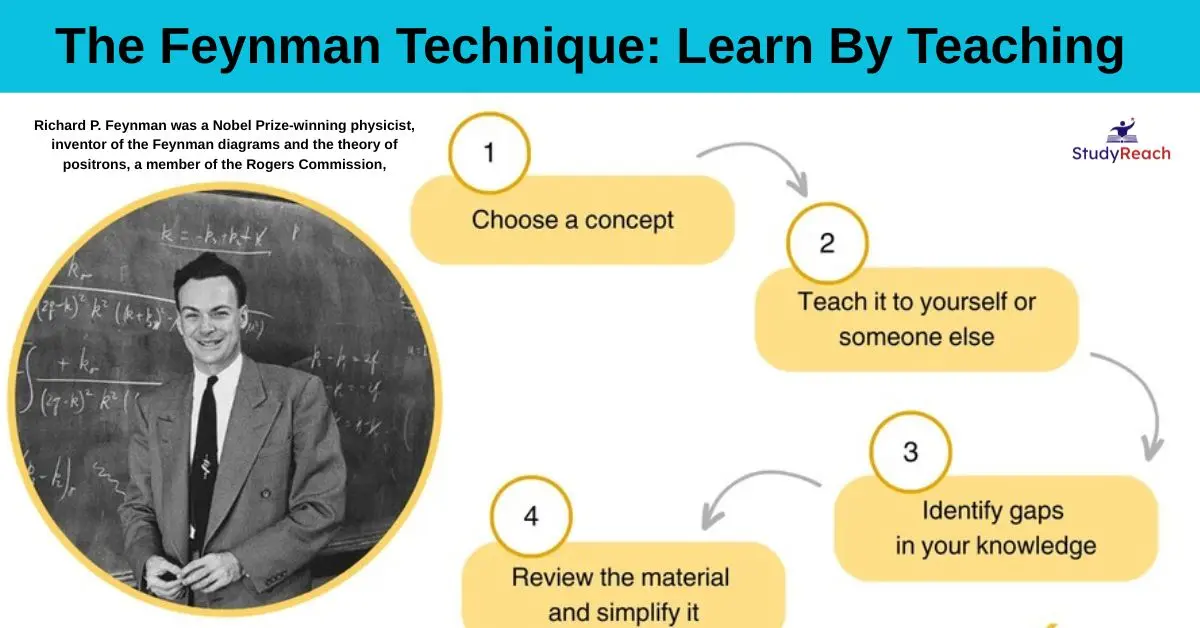
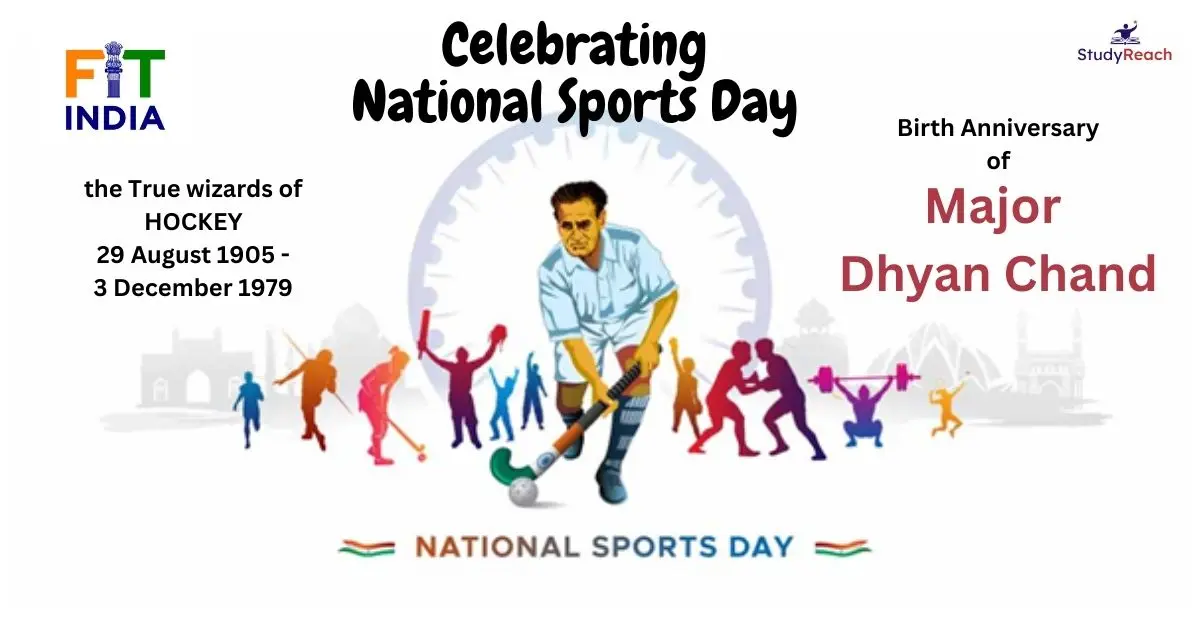
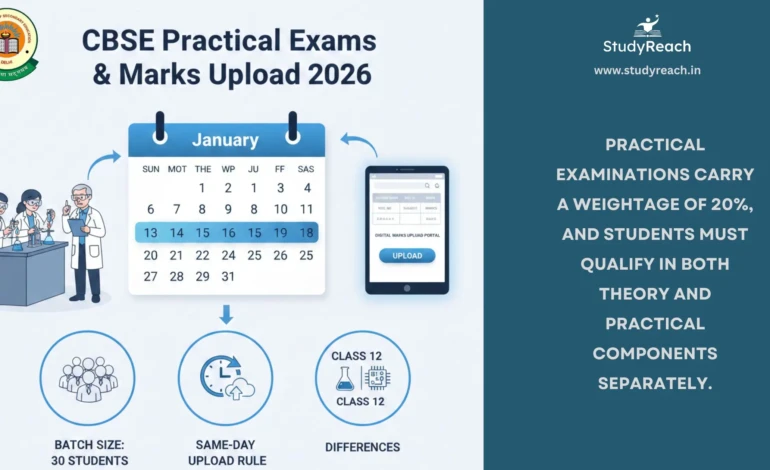
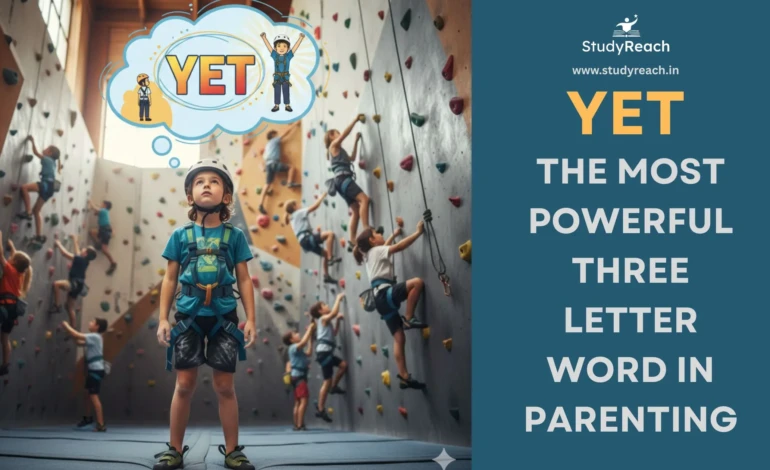
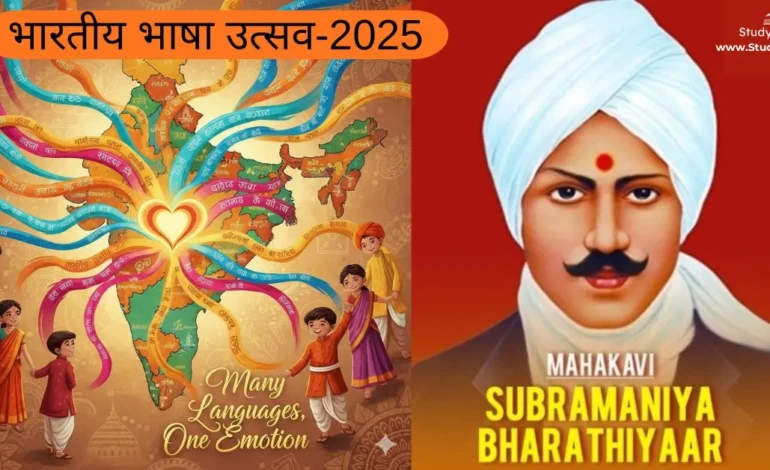
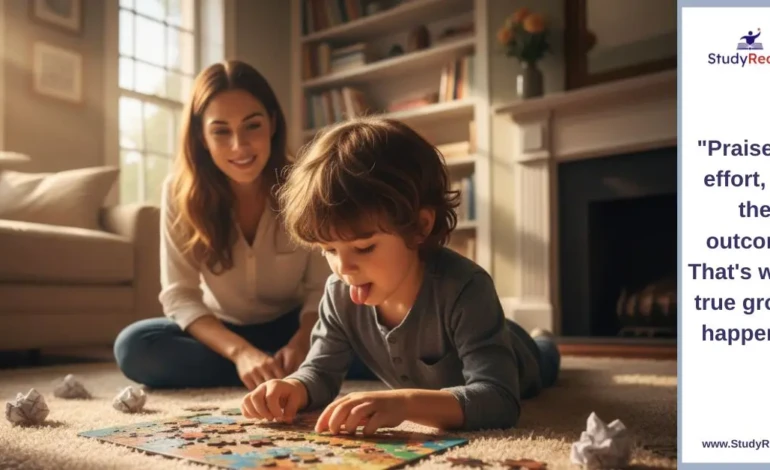



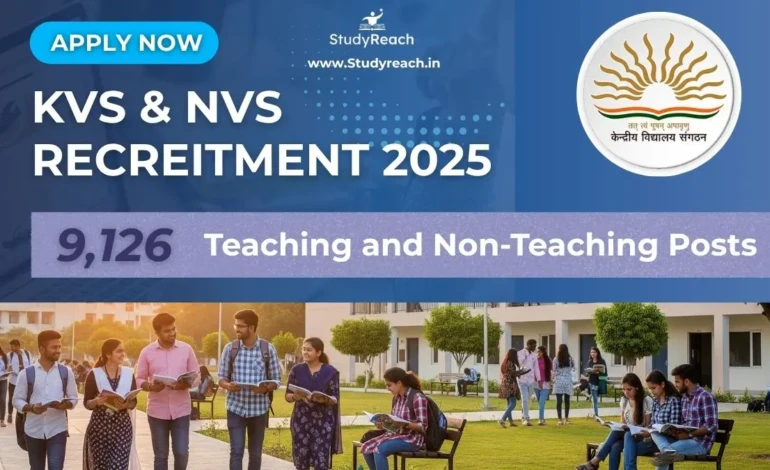
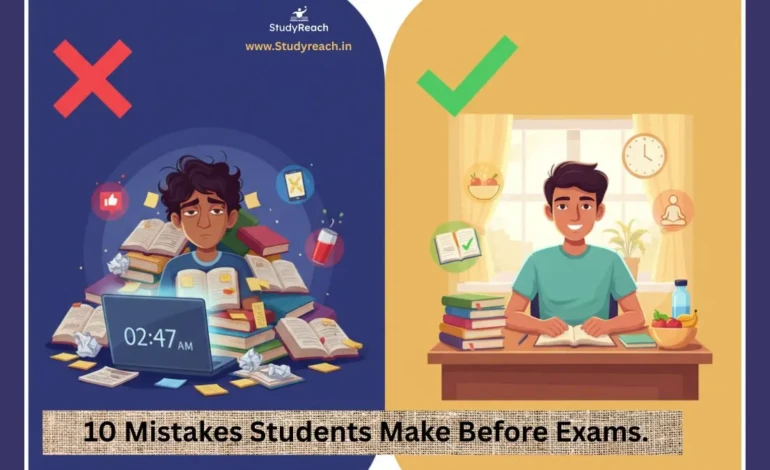


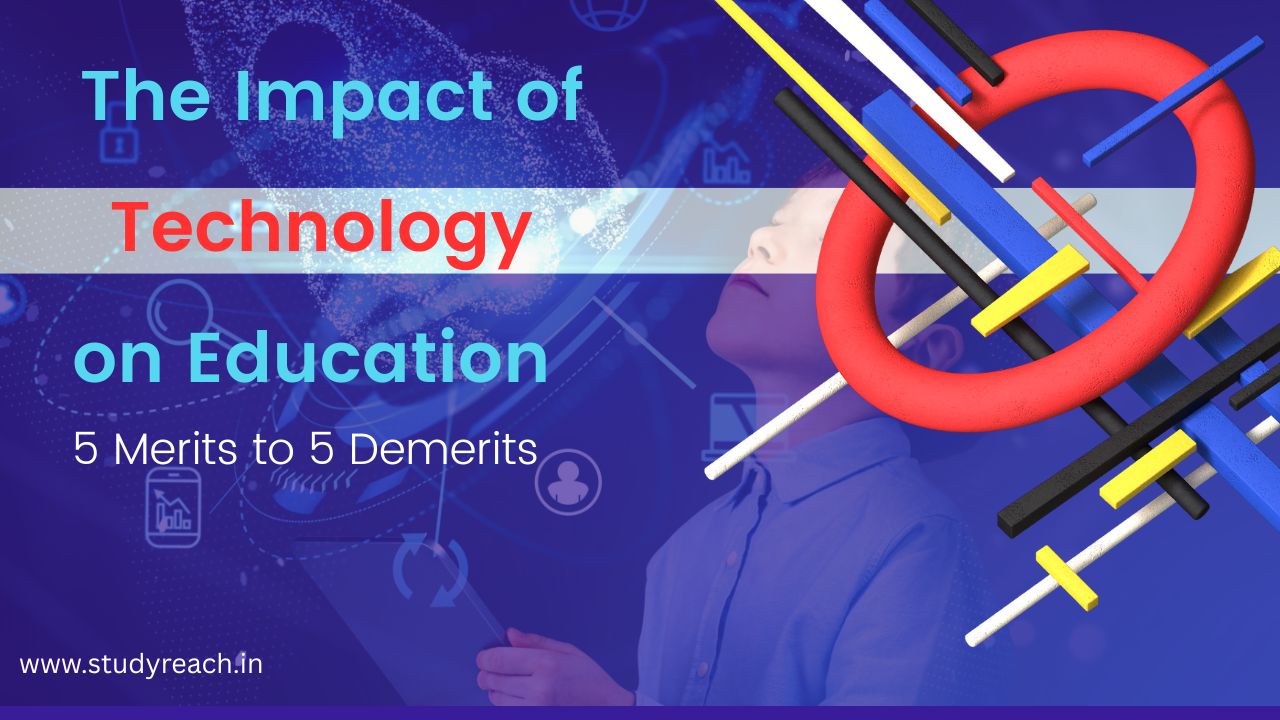
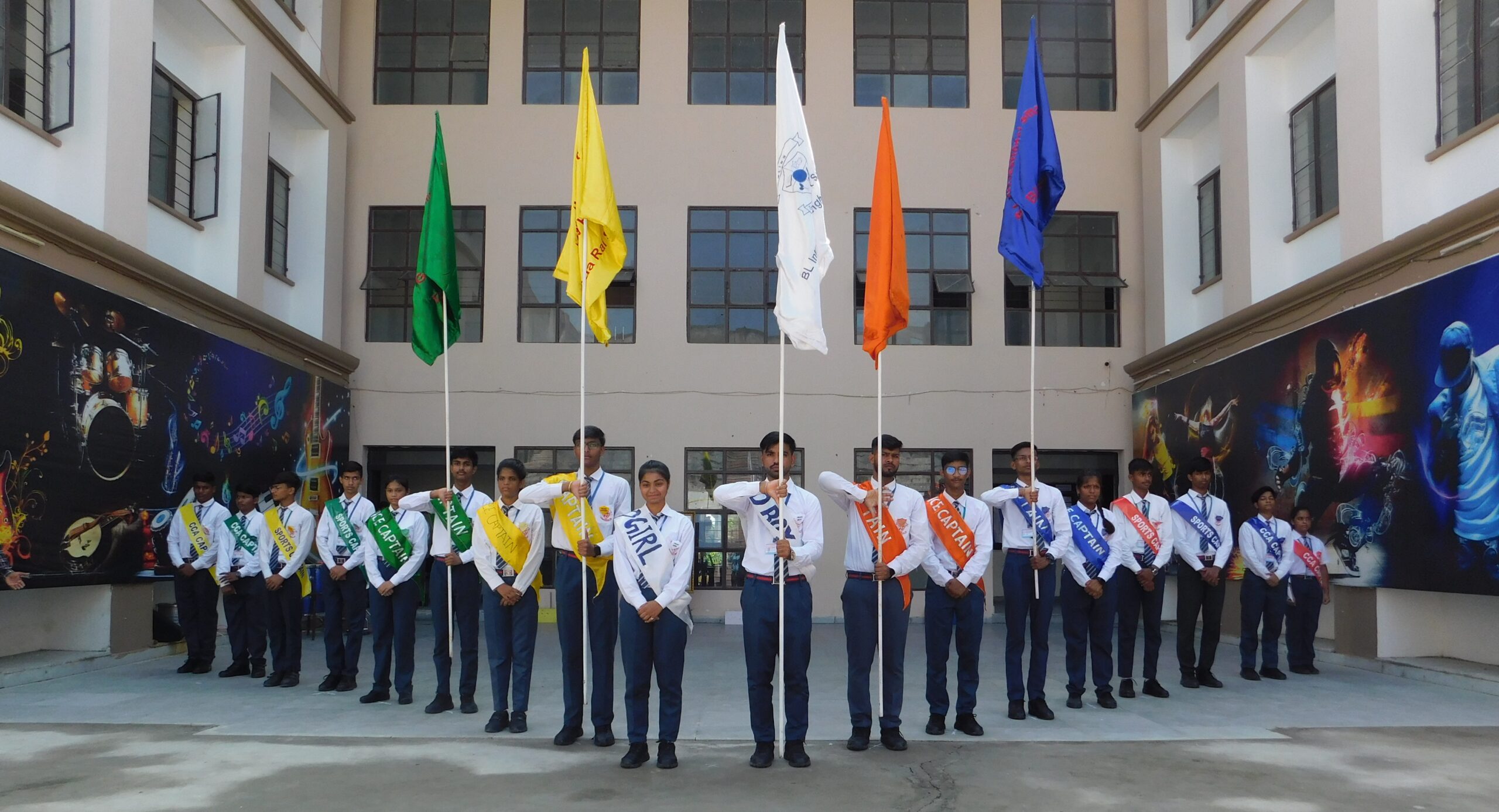
1 Comment
[…] Teacher’s Day-Celebration-from-gurus-to-modern-mentors […]